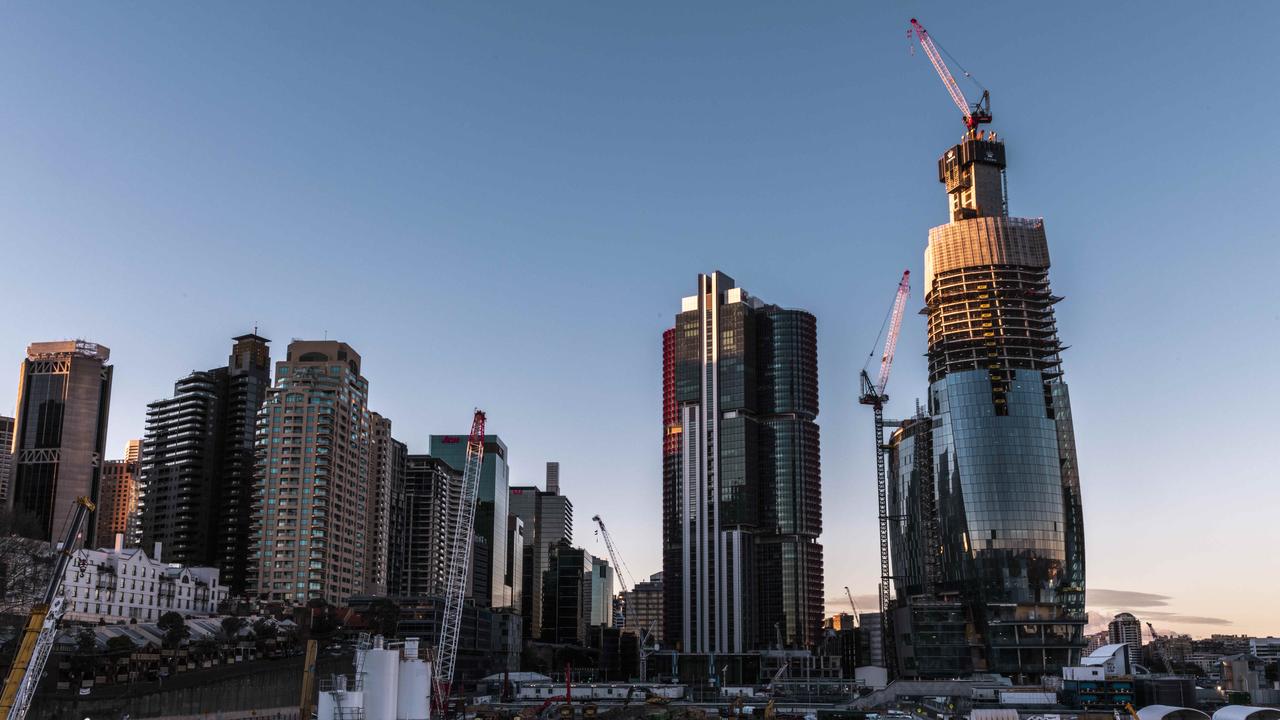Project Sydney: Still more investment needed to keep soaring population moving
PROJECT SYDNEY: THE state’s transport boss has declared the need for a “huge” spending spree on trains, buses and ferries to keep our city moving.
Project Sydney
Don't miss out on the headlines from Project Sydney. Followed categories will be added to My News.
THE state’s transport boss has declared the need for a “huge” spending spree on trains, buses and ferries to keep our booming city moving.
In an exclusive interview as part of The Daily Telegraph’s Project Sydney campaign, Transport for NSW secretary Tim Reardon addressed Sydneysiders’ growing frustration with lengthy commuting times and the volatile political issue of tolls.
Mr Reardon said Transport for NSW was planning as far as four decades into the future for the needs of a global megacity of 7.5 million people and more than 11 million people NSW-wide.
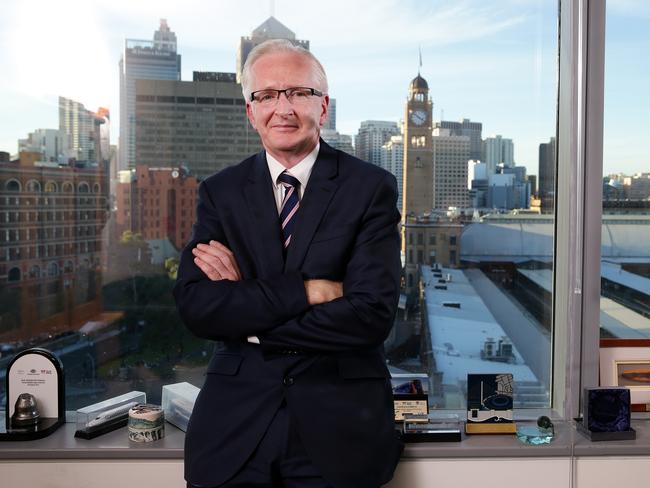
“You are going to need a lot of services to cater for that amount of people, so you are going to see bigger and bigger investments in trains, buses and ferries every year,” Mr Reardon revealed.
“With a population that big we will need a lot of extra trains and buses.”
He foreshadowed “a rate of infrastructure expansion that will need to continue like we have probably not seen before”.
Stressing the critical need for the WestConnex project, Mr Reardon added “the tolls are there to … bring forward the infrastructure that would have otherwise taken a long time to build if it was based on government funding in itself”.
The state government has struggled to neutralise the issue of tolls, which commuters have branded a “tax on living in the west”. But Mr Reardon suggested commuters would be less angry if they could count on faster travel times.
MORE PROJECT SYDNEY:
PARKING AN UBER RIDE FROM PLATFORM
A SPORTING CHANCE FOR WEST TOURISM
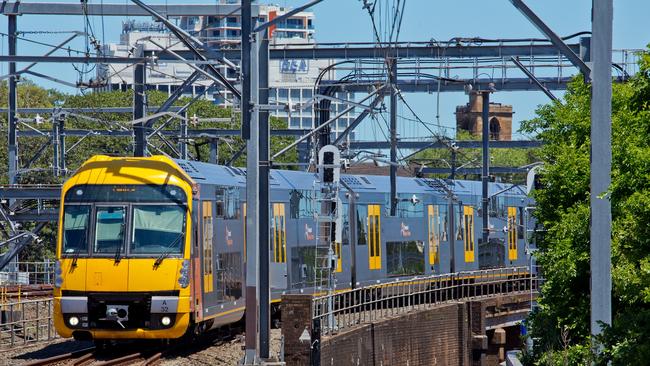
“Our job is to … let the community actually see that we are there to provide reliable travel times,” he said.
“That is what the community expects out of us more than anything else. Our research has showed us people are willing to pay but they want to see that reliability. I think the key is to be clear about what the expectations are.”
Sydney’s population will balloon from 5 million to 8 million people within decades, putting it on par with global cities such as London, which has about 8.6 million people.
The state government is spending $1.7 billion on 24 new Waratah trains to be rolled out from 2018 on the suburban rail network, and $2.3 billion for 500 new off-the-shelf double-decker carriages to be delivered in 2019. It is expected that billions of dollars more will be poured into public transport infrastructure and services.
“While we have significant backlog and we are moving through that, we will think of all different ways we will deliver into the future,” Mr Reardon said. “We are building a significant number of mega-projects at the same time now.”
Mr Reardon said people would eventually flock to the west to work.
“A lot of other people who currently live east might think about their commute being west, where there will be wonderful jobs in the next 10 or 20 years at an aerotropolis or around a health and education precinct in Parramatta,” he said.
>> WANT WORK EXPERIENCE? CLICK HERE
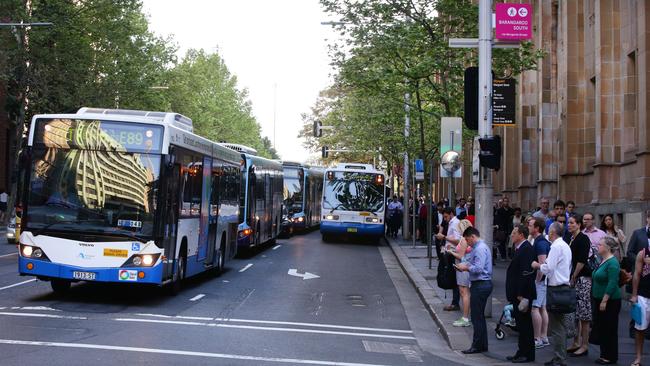
“Our transport task becomes a lot more simplified when the next generation of school-leavers and graduates can think about living in Blacktown and working at a Western Sydney airport, or living in Campbelltown ... or Penrith and can move between those far Western Sydney cities far more easily.”
The scale of the transport task is laid bare by international economic strategy consultant AlphaBeta, which has analysed the average commuting times for more than 1.4 million Sydneysiders based on where they live and work and their access to public transport.
Workers in the city’s southwest and northwest, on average, take up to 90 minutes to get from home to work on public transport, often travelling more than 30km on several modes of transport.
A lack of jobs close to home and poor transport links mean people in these areas can spend an average of three hours commuting, or the equivalent of 20 working weeks each year.
The federal infrastructure department recently found Sydneysiders commute on average longer than residents of large US cities, including New York and Chicago.
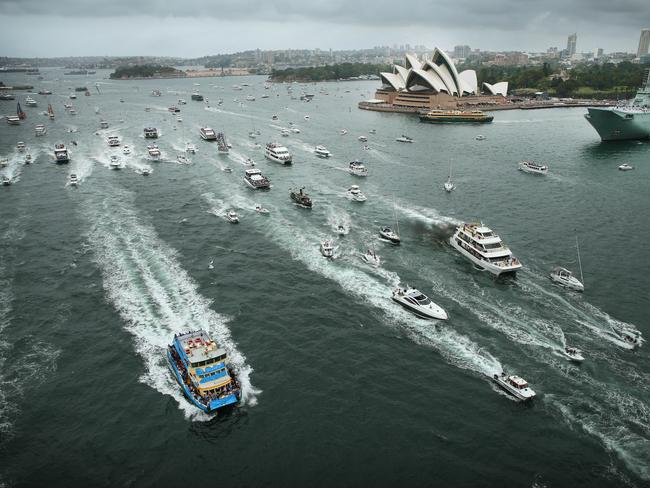
NRMA chairman Kyle Loades said while the state government was working hard to clear an infrastructure backlog, there was a vital number of projects which had to be built to ease commuters’ pain.
“Current infrastructure levels are already falling short and will not be able to meet the transport needs of Sydney’s growing population,” he said.
“Greater access to public transport, including the Sydney Metro and Parramatta Light Rail, is needed. A priority ... is the Sydney Metro West. With an extra 420,000 people expected to move between Sydney CBD and Parramatta in the next 20 years and the Western Line already at capacity, a boost to public transport along this corridor will keep the community moving.”
Western Sydney Regional Councils president and Blacktown Mayor Stephen Bali said the population of areas such as Blacktown was forecast to explode over the next couple of decades, meaning better transport links were vital. But he voiced the outrage of many in the west in relation to tolls.
“There has been no transparency around the tolls, we were promised WestConnex to solve our congestion problems but to suddenly find out there is going to be a toll on the M4 for the next 43 years and it will increase by 4 per cent each year is unacceptable,” Mr Bali said. “The people of Western Sydney didn’t agree to this contract, the government never consulted them on this.”


